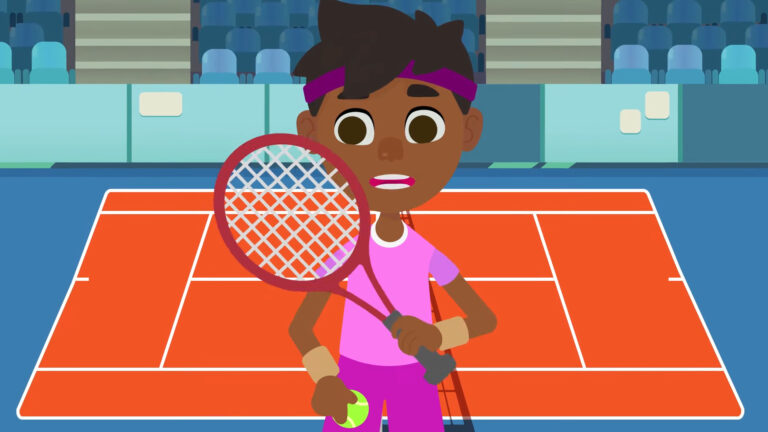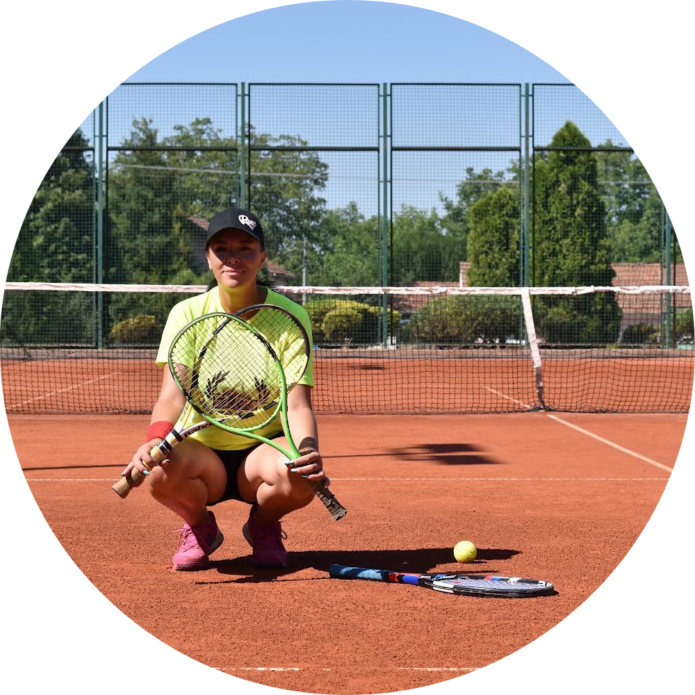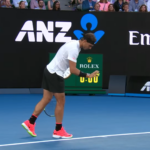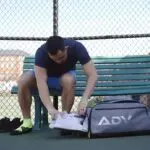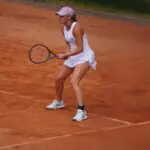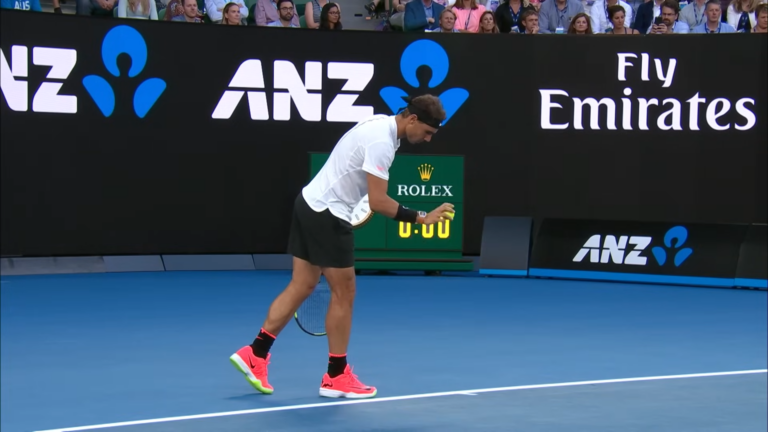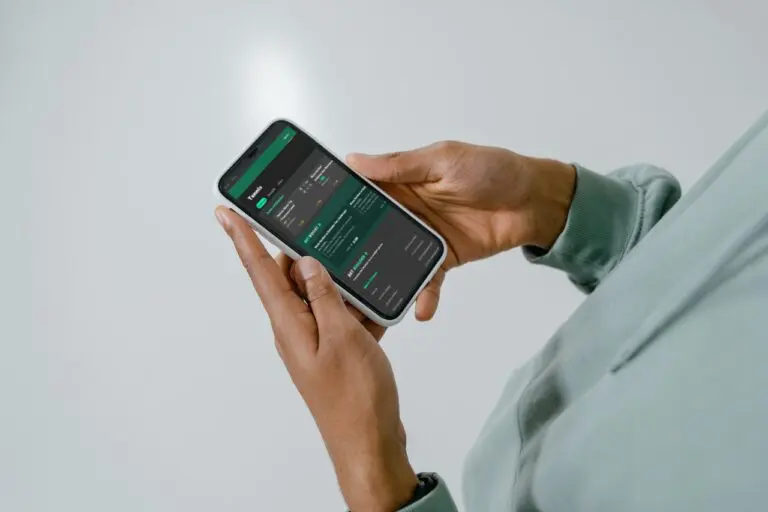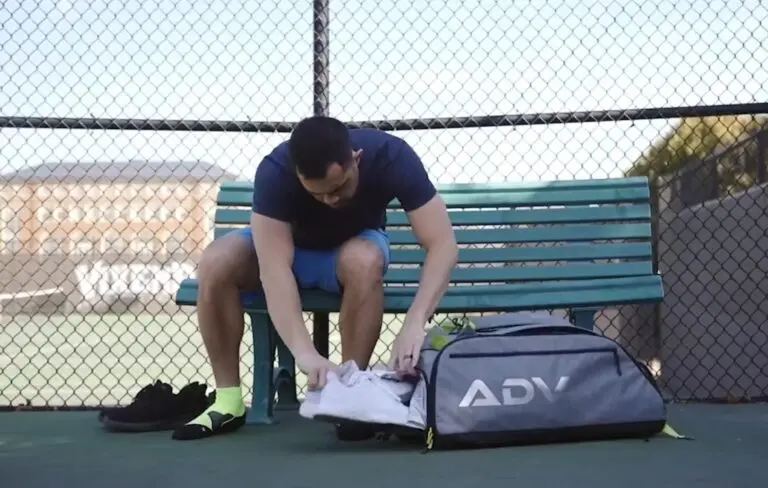Understanding singles tennis rules and guidelines prior to tournament registration is not only expected, but key to maintaining court integrity throughout the duration of a game, set or match. It is not enforced, but awareness of these tennis rules and guidelines are beneficial to a tennis player’s success in more ways than one.
Think about this for a moment.
Experienced tennis players in general are particularly savvy in recognizing their opponent’s awareness during a match and at times will take advantage of inexperienced competitors. Additionally, knowing this sport’s rules and guidelines projects a sense of confidence that you KNOW how to play tennis.
Yes, tennis officials are available to resolve disputes if necessary, but generally they don’t officiate a match unless asked or they elect to do so for some reason or another.
Typically, it is up to the competitors to settle point disagreements and enforce the tennis rules during a match. Competitors should always be alert and ready to play out each point, but communication is key to alleviate point disagreements.
The challenge of learning singles tennis rules is not complicated, in fact grasping tennis rules in general is rather simple and easy to learn. Everyone is unique in their approach in learning these rules, but generally the ‘tennis mind’ processes knowledge through practical application.
In other words, practice is the key to your success. There is no substitution for practice. Practice not only improves your techniques and skills, but as you progress your mind will naturally process tennis rules and guidelines through consistent game play.
Commitment to practice is key, but taking the time to master the mandated tennis rules prior to game play builds confidence and sharpens awareness that deters unfair play when participating in an official tennis tournament.
Singles: One vs.One
Singles tennis competition involves two competitors. One competitor is on one end of the court and the other competitor is on the other end of the court competing to win points, games, sets, and ultimately a match.
Tournament officials have officially assigned you and your opponent a court to play a match in the first round in a tournament. It is time to put on your ‘game face’ and prepare to battle.
Prior to initiating game play, competitors typically stretch, warm-up and practice a few ground strokes, volleys, and serves. This is your time to work out some last minute ‘kinks’ and more importantly to scout out the competition’s strengths and weaknesses.
The time limit to warm-up is generally determined by the competitors unless it is stated by tournament officials or written in the tennis rules for that tournament. Although not enforced, the pregame warm-up’s time limit must not be abused and should be limited to a maximum of 10 minutes.
Time to get the ‘ball’ rolling.
At some point prior to game play, you and your opponent must determine…
- who is going to serve first and who is going to receive first.
- which side of the court to initiate game play.
To determine the privilege of choosing one of these options first, tennis competitors either…
- flip a coin – one player flips a coin and the other player clearly calls out ‘heads’ or ‘tails’.
- spin a racquet – the manufacture’s letter or symbol on the butt cap of the racquet is right-side up or upside down.
The winner of the toss or spin then has the choice of either….
- serving first or receiving first.
- selecting a preferred end of the court to initiate game play.
The competitor who loses the toss or spin then determines the other option. It is important to note that the winner of the toss or spin can opt out and obligate the opponent to decide on an option first and then determine the second option.
Key Server Serving Tips
- To initiate game play, the server stands between center mark and singles sideline just behind the baseline to the right side of his or her end on the court.
- The server serves not just the first point, but the entire game.
- The server receives two attempts (per point played) to serve by tossing up the tennis ball and striking it diagonally over the net into the correct service court on the receiver’s side of the court.
- If the server steps on or over the baseline when serving, by rule this is considered a ‘foot fault’ and the server loses that attempt to serve whether it is the first or second serve attempt for that point.
- If the ball tips the net during a serve and lands inside the intended service court’s boundaries, that is considered a ‘let’ and the server earns another chance to serve. Consequently, if the ball tips the net during a serve and lands outside the intended service court’s boundaries, that is considered a ‘fault’ and the server loses that chance to serve.
- After each point is played out, the server rotates from the right side of the center mark to the left side of the center mark and continues the rotation for each point until the game is over.
Key Receiver Returning Tips
- To receive a serve, the receiver has the option of standing anywhere on his or her side of the court. Typically though, the receiver is positioned behind the service line and as far back as behind the baseline positioned diagonally from the side where the server is positioned to serve.
- There is one important tennis rule the receiver must follow. When the ball is served the receiver must allow the ball to bounce before returning the serve and playing out that point. This is the only time during tennis that a competitor must allow the ball to bounce prior to playing out the point. If the receiver returns the serve before the ball bounces, the server earns the point regardless of where the ball lands on the court.
- After each point is played out, the receiver rotates from the right side of the center mark to the left side of the center mark and continues the rotation for each point until the game is over.
Earning Points
A tennis competitor earns points if his or her opponent…
- double faults when attempting to serve the ball into the designated service court on the opponent’s side of the court.
- returns the ball and it lands out of the boundary lines. This is commonly termed ‘out-of -bounds’, ‘long’, ‘wide’, or simply ‘out’.
- crosses over the net to return the ball.
- returns the ball into the net.
- is unable to return the ball before it bounces more than once. This is commonly termed a ‘double bounce’.
- touches the net, net post, or the competitor’s side of the court with any apart of the body, clothes, or racquet.
- purposely catches the ball or carries it with the racquet when attempting a return.
- deliberately interferes or prevents the server from executing a successful shot.
- connects with the ball during game play with anything other than his or her tennis racquet.
- strikes the ball more than once before it crosses over the net.
- reaches over the net to volley, smash, or return the ball.
- throws a racquet, smashes a racquet on the ground, or any kind of deliberate intent of racquet abuse.
- catches the ball before or after it bounces out-of-bounds.
- throws the racquet in an attempt to return the ball.
- physically touches the competitor, a spectator, or an official during a match.
If the ball touches a boundary line during game play at anytime, it is considered ‘in bounds’. When the game is over, the competitors move on to the next game where the server becomes the receiver and the receiver becomes the server. The rotation of serves continues until a winner is determine and the match is over.
Singles tennis competition is one-on-one intense activity that will challenge you both physically and mentally.
To advance, the goal is to cover your side of the court with excellence and execute winning shots to earn the most points in a game. Consistently do that and chances are you will win the most games, sets, and ultimately the match.
Singles is the main competition played in the game of tennis, so mastering the single tennis rules is an essential factor to an athlete’s progression when learning and competing in the sport of tennis.
Related:
- 20 Best Tennis Shoes 2024 - Stylish and Athletic
- 18 Best Tennis Racquets 2024 - Exclusive Reviews &…
- Top 19 Best Tennis Bags 2024 [Unbiased Reviews]
- 15 Best Tennis Balls 2024 - USTA and ITF Approved
- 15 Best Tennis Racquet for Beginners & Intermediate…
- 10 Best Tennis Shoes for Men 2024 - Exclusive Reviews

